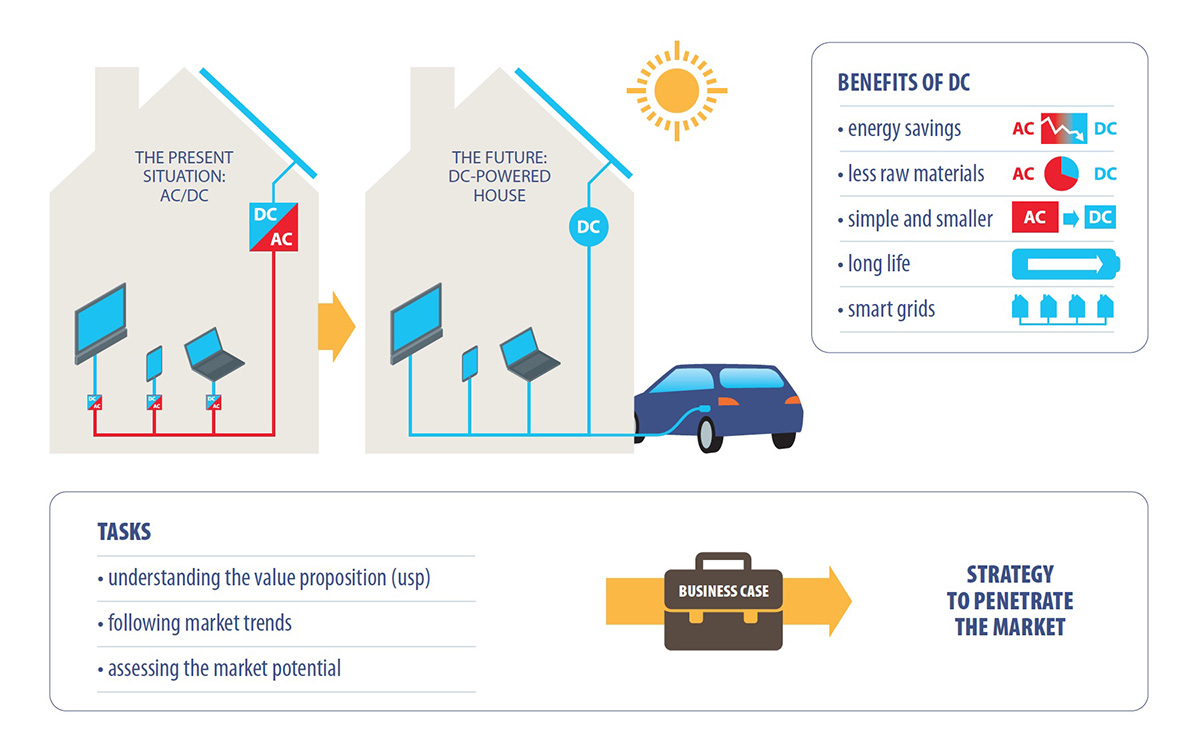Downloads
DOI:
https://doi.org/10.7480/spool.2017.2.1934Keywords:
DC micro grids, Smart Energy Buildings, Smart Cities, DC-Flexhouse, De Wijk van Morgen, Vrieheide cooperatieAbstract
Our electricity is predominantly powered by alternating current (AC), ever since the War of Currents ended in the favor of Nicola Tesla at the end of the 19th century. However, lots of the appliances we use, such as electronics and lights with light-emitting diode (LED) technology, work internally on direct current (DC) and it is projected that the number of these appliances will increase in the near future. Another contributor to the increase in DC consumption is the ongoing electrification of mobility (Electric Vehicles (EVs)). At the same time, photovoltaics (PV) generate DC voltages, while the most common storage technologies also use DC. In order to integrate all these appliances and technologies to the existing AC grid, there is a need for converters which introduce power losses. By distributing DC power to DC devices instead of converting it to AC first, it is possible to avoid substantial energy losses that occur every time electricity is converted. This situation initiated the concept for the implementation of the DC-Flexhouse project. A prototype DC installation will be developed and tested in one of the buildings of the developing living lab area called the District of Tomorrow (De Wijk van Morgen) which is located in Heerlen, the Netherlands. A neighborhood cooperative (Vrieheide cooperatie) is also part of the consortium in order to address the aspect of social acceptance. Although DC seems to be a promising solution for a more sustainable energy system, the business case is still debatable due to both technology- and market-related challenges. The current energy infrastructure is predominantly based on AC, manufacturers produce devices based on AC standards and people are using many AC products across a long life span. This Smart Energy Buildings & Cities (SEB&C) PDEng project is a contribution to the DC-Flexhouse project. The aim is to analyze the challenges in the transition to DC micro grids, assess the market potential of DC applications in the built environment and develop a framework that leads to a commercial success.
How to Cite
Published
License
Copyright (c) 2020 SPOOL

This work is licensed under a Creative Commons Attribution 4.0 International License.




